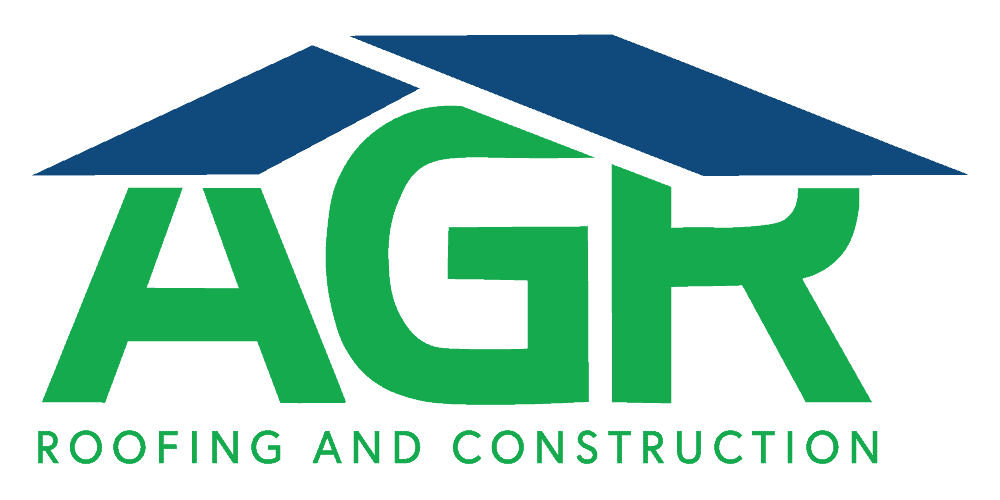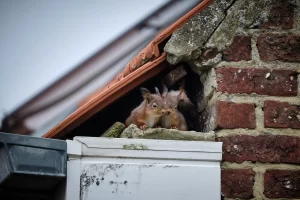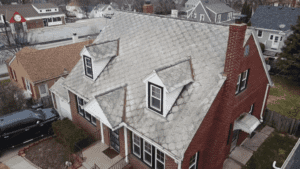Your roof is a main component of your home, it is vital to keep the elements out and to regulate your home’s temperature. With the limited accessibility of some home’s roofs. It can be harder to spot damage or know when you need roof repairs or a roof replacement. An inspection of your roof, one of the most crucial components of your house, can reveal issues with its general stability and condition. By taking the time to examine various roof components and look for potential issues early on, a qualified professional can reduce the possibility of emergencies in the future. What can be anticipated from this procedure? This is what is most likely to happen.
Material, age, and condition of the roof
The roofing materials will be specifically examined during the roof inspection. Determining whether there are any excessive wear and tear indicators, such as worn shingles or regions where the roofing shingles are no longer attached to the home, is part of this process. Knowing the age of the roof is useful information because it gives understanding into the anticipated duration of its function. If you don’t know this, the roofer will make an educated guess as to how much longer the roof will likely last based on its current state.
Metal parts of the roof
Roofing materials other than asphalt shingles are also used to make up your roof. The roof is stabilized and kept dry by a number of metal components. That also applies to the flashing that is installed around your chimney and other visible structures. The junction of two sections of the roof is usually marked by valleys and a number of vents. These areas will be checked during the inspection to make sure they’re intact and in good shape overall. Repair or replacement may be necessary for missing, warped, damaged, or rusted parts.
Chimney and any brick work
Chimneys can be spots where leaks can get through to your attic or the roof underlayment. It’s frequently a place where leaks can develop, especially if the chimney is not flashed or the roof was not installed correctly. It might be necessary to make repairs to the chimney if there is damage to it or if it is no longer operating as it should.
Drains, gutters, and downspouts
A significant portion of your roofing system’s functionality is provided by the gutters. Without gutters, water from rain and melting snow will enter the house, run down the siding, and eventually reach the foundation. For many homes, this can increase the risk of erosion and moisture. The roofing contractor scans the roof for any trouble spots while performing the inspection. This might involve gutters that are missing from a section of the roof or gutters that are no longer flush with the roof’s side.
Downspouts are also crucial. Once water reaches the gutters, these assist in moving it away from the house. It will be difficult for water to move away from the home as it should if they are blocked, have holes in them, or are otherwise damaged. The expert inspecting the roof is also looking for any indications of wear and tear, deterioration, or inadequacies that might impair the gutter system’s ability to keep water flowing away from the foundation. Although it is not always necessary, replacing gutters and downspouts simultaneously with the roof is ideal.

Siding
Any roof-related problem areas can be located using the siding. For instance, siding that has been pulled away from the building could be a sign of water damage. This might indicate a gutter issue. Sometimes, mold growth on the siding may be a sign of the same thing.
Although siding is not a part of your roofing system, it can give you information about what your house needs to stay dry and safe. Work closely with your roofing inspector to ascertain whether you should replace your siding at the same time as your roofing.
Window Framing with Metal and Wood
The wood framing that surrounds the windows should also be inspected as part of a thorough roofing inspection. Metal framing is found in some houses. The objective is to better understand any damage to this area in all circumstances, such as any signs of wood rot that might indicate water penetration in that area. Additionally, there might be signs of framing that is missing or places where the framing is no longer adequately protecting against ventilation.
Although the framing around your windows may not be a sign that your roof needs repair, it can provide insight into the neighborhood conditions. Here, the roofing itself might be the source of the issues.
Storm Damage: wind or impact
You can anticipate the contractor to continue inspecting your roof while keeping an eye out for any evidence of storm-related damage. The following could be some of the damage the inspector is looking for:
- misplaced shingles
- hail damage on shingles, soft metals or siding
- debris damage
- Damage or holes in roof’s structure
Storm damage can range from severe to minimal. It might be scattered throughout the entire building or just one part of the roof. Storm damage, whether from hail, wind, or falling objects, is a significant component of any roofing inspection because, if left untreated, it can result in problems down the road.

Skylights
If your roof has a sun tube or a skylight, you probably take advantage of the additional advantage of natural light. However, especially near the edges, these areas are vulnerable to leak concerns. Inform the roof inspector if you notice any damage, such as moisture inside the window.
Structure and integrity of the roof as a whole
The objective of the roof inspection is to determine whether the roof is in good condition or if roof repairs might be necessary. On the basis of all of these elements and any warning signs, such as a middle that bows or spots where water is seeping into the house, the structural integrity of the roof is estimated.
The more details that are gathered about the roof’s condition, the more likely it is that the property will receive the kind and degree of care it requires to limit further harm to the home’s structure. To ensure it is thorough, a good roof inspection should take some time.





